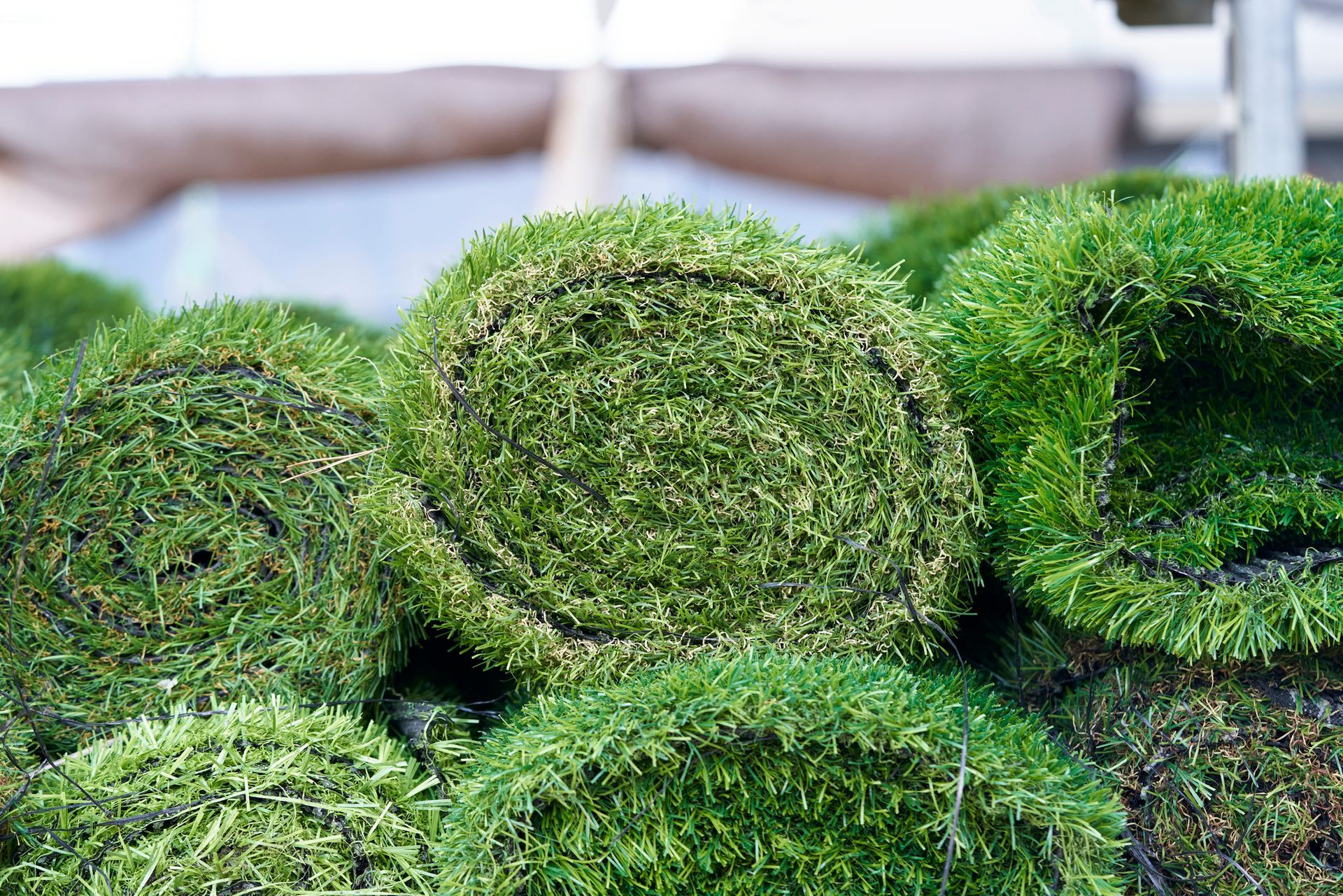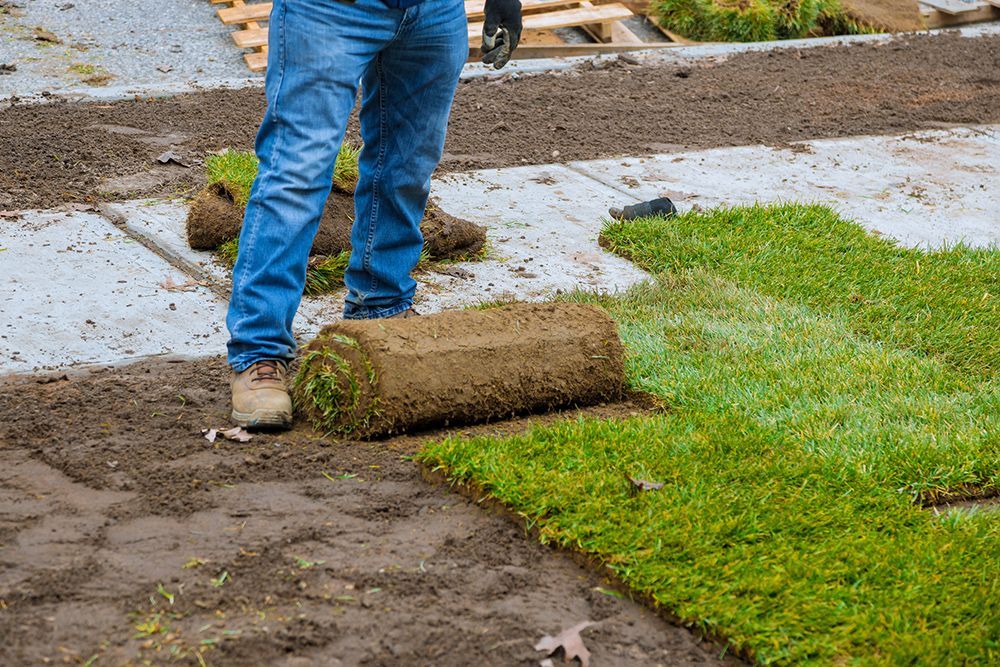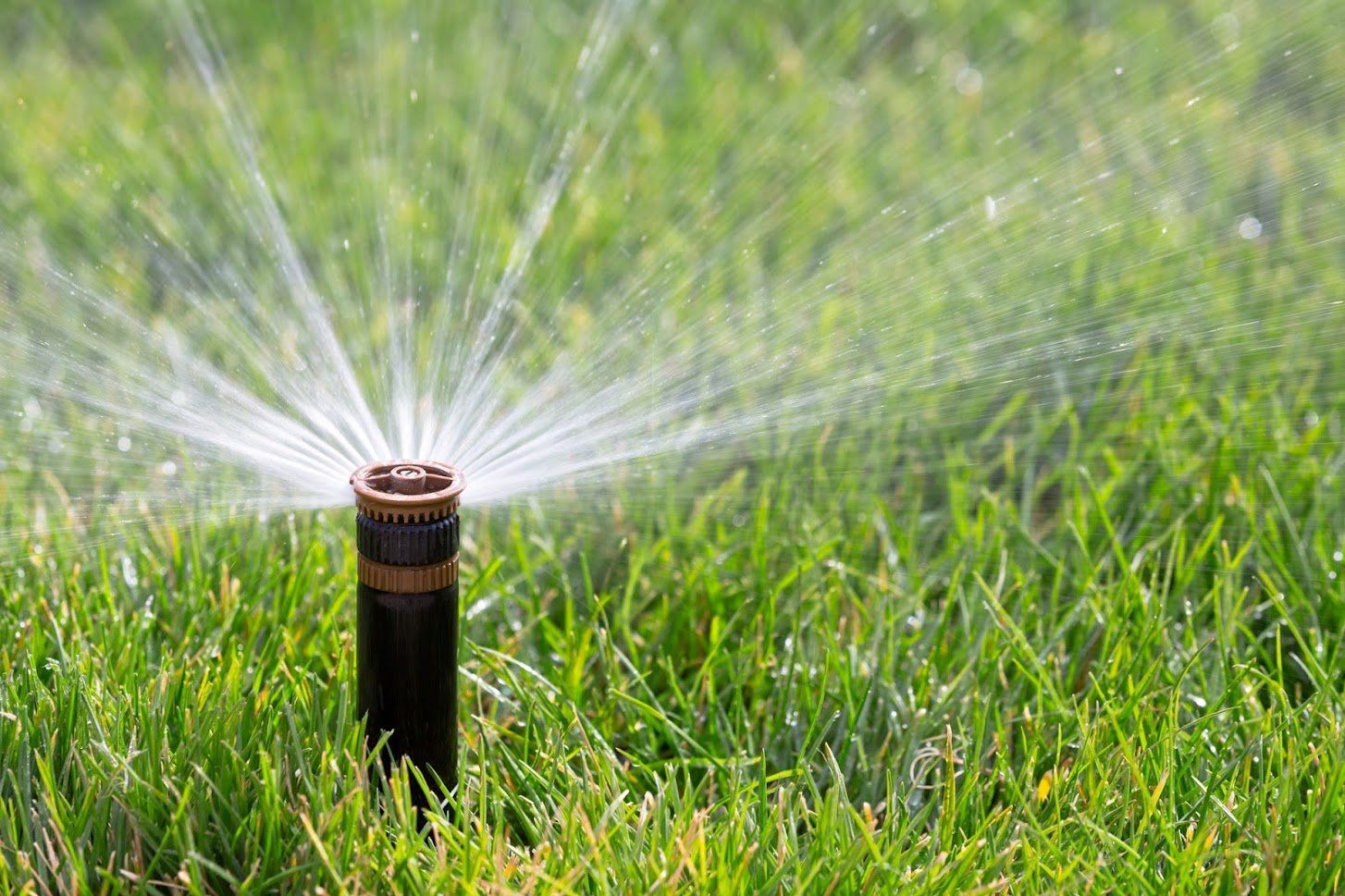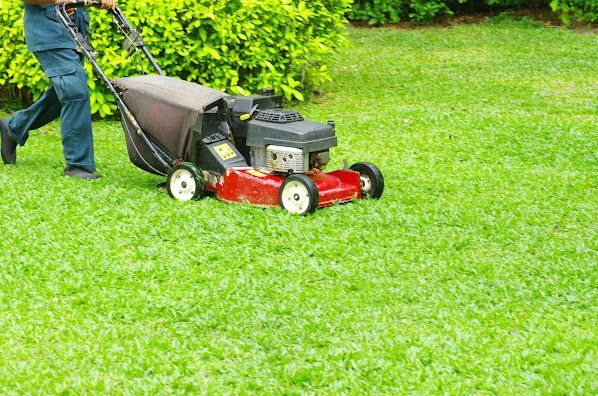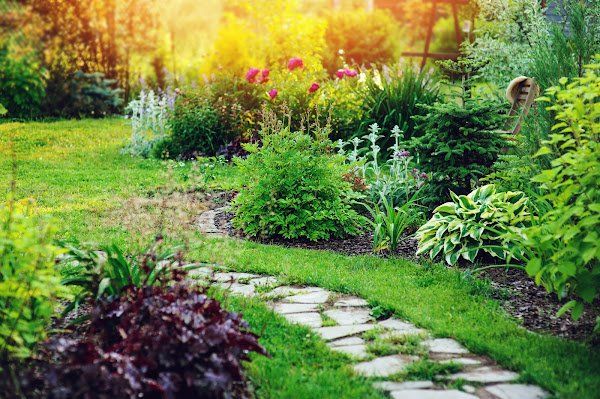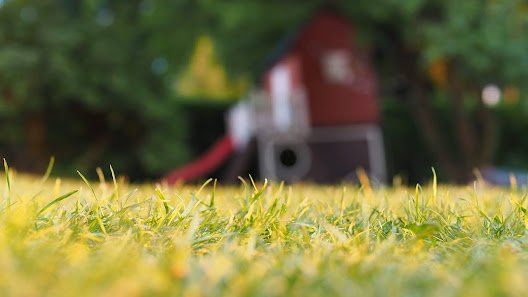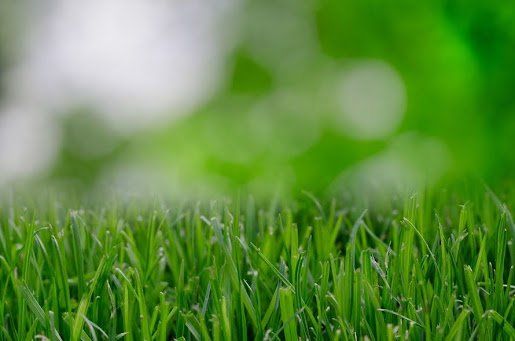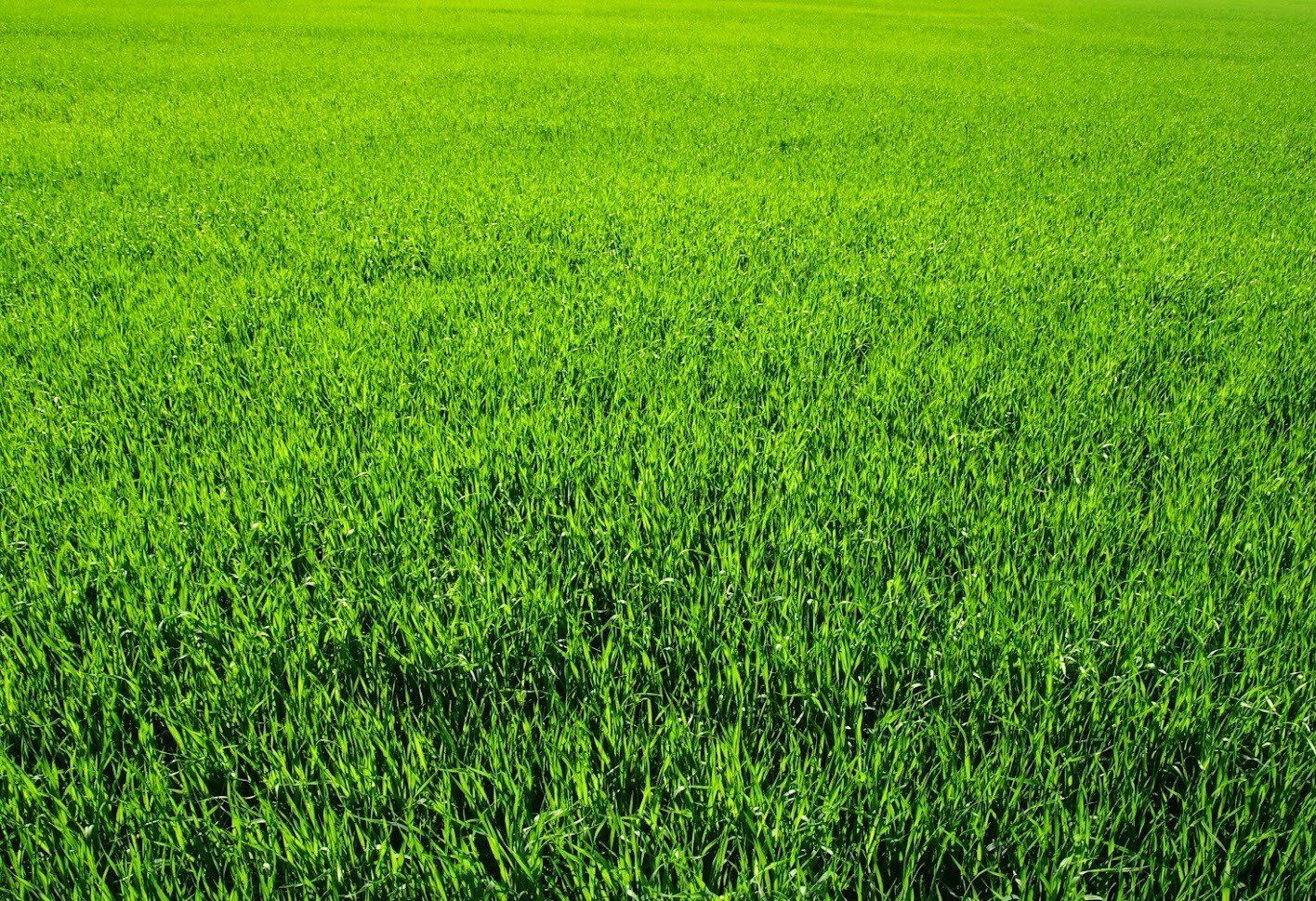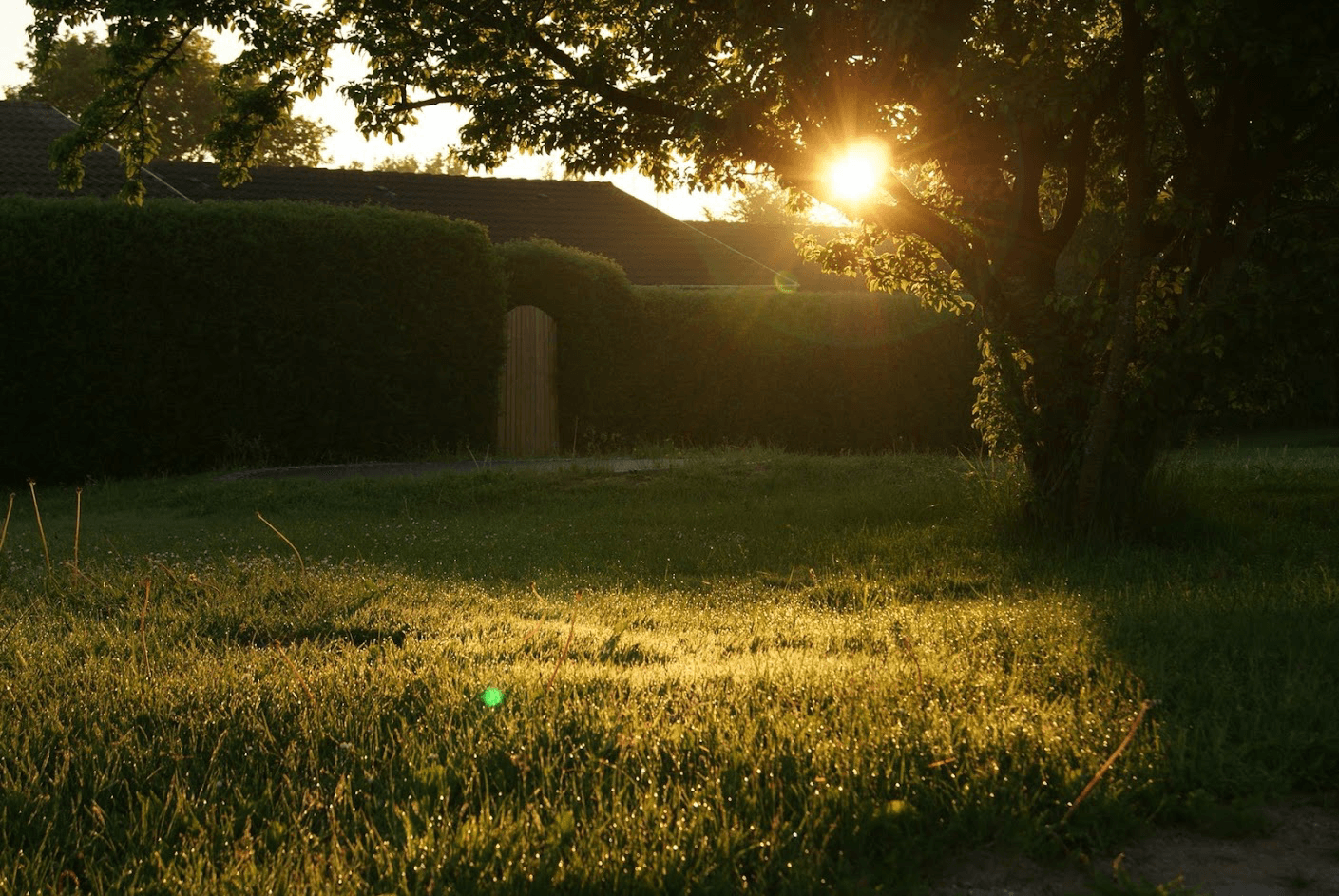Sun and Sod: Keep Your Grass Protected Through Summer

Anything exposed consistently to the powerful rays of the sun can experience damage, including your grass. Despite this, it is still necessary to protect lawns from overexposure. Keep reading to learn about how you can make sure your grass gets the sunlight it needs without getting burnt.
Adjust Lawn Height
A neatly trimmed lawn can feel pleasant under the feet and produce the carefully manicured look many homeowners prefer. And although short grass may look lovely at first, it could begin to suffer. Photosynthesis occurs through the surface area of grass and leaves. When a lawn is cut short, there is less surface area available to absorb the sunlight.
When you're maintaining your lawn, keep the grass at between 2.5 and 3 inches for an adequate surface space to feed the roots. Grass at this height is also more drought-tolerant, so it is less likely to suffer if you don't have time to water it occasionally.
An exception to this standard is the last mow of the season. In damper climates, shorter lawns are safer from fungus and deter tunneling rodents looking for winter shelter.
Water Lawns Mindfully
Homeowners may see faded, yellowed grass and instantly believe that water is the best solution. Water is a necessity, but incorrect applications can do more harm. More is not always better because oversaturating the soil could kill the grass's roots. Applying water too quickly could also keep the soil from absorbing the moisture if it runs off the surface.
You should water your lawn early in the morning before the sun reaches its hottest and brightest point; cooler air and ground temperatures slow evaporation. Additionally, water the grass slowly to allow the soil to absorb the moisture. When you follow these steps, this ensures the lawn has adequate hydration throughout the heat of the day.
How much water the lawn will need takes some experimentation because every yard is a little different. Shade, elevation, wind exposure, and the outside temperature, among other things, will affect its need. The need will also change from one area to another. Pay attention to the condition of the soil and the consistency of the grass color, and make changes as needed.
Let It Rest
Sunlight can stress the grass and make it more fragile. Excessive heat waves that lead to drought-like conditions can even cause lawns to become dormant to protect themselves. Dormancy is a natural protective action for grass, and it can look like it is dying. The yellowing in these instances will not go away with water.
The best way to care for a dormant lawn is to protect it from harm as it works to save itself. If you don't need to, skip applying chemical insecticides or herbicides that could cause stress. And avoid walking across the lawn too often until it recovers. Caring for your lawn may not instantly revive it as desired, but this will allow it to stay healthy until fall and grow lush again in the spring.
Consider Other Problems
Sometimes the problem with a yellowed or non-thriving lawn has nothing to do with the sun or a watering schedule. If the heat has not been excessive and adequate water doesn't help, consider other possibilities. Insects and rodents, pet urine, and fungus may also cause brown patches and unhealthy-looking grass. Contact an expert to help identify the issue if nothing seems amiss.
Understanding how to keep grass safe through the summer will protect the curb appeal of your home. At Novasack Turf Farm, we can offer expert advice with our client's sod purchases to help each homeowner to have a lawn they desire. Contact us to learn more or for an estimate for your yard.

